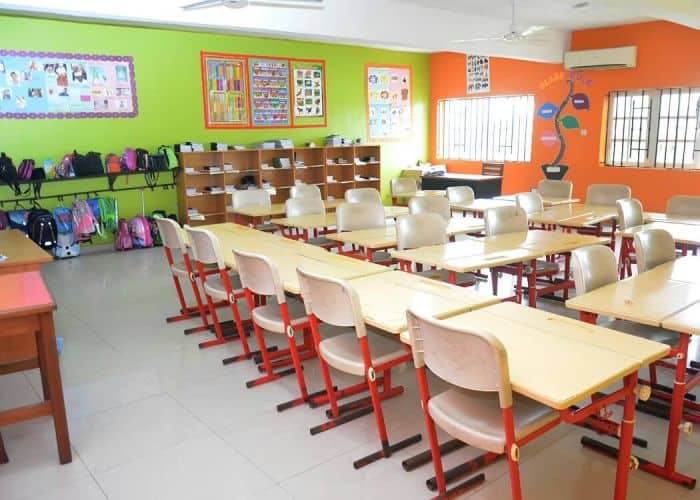It is a weekday morning and you are spellbound, excited, active, and most importantly, feeling like you are an important part of a whole. It is time to go home but you want to linger a bit more in such a wonderful environment that you reluctantly leave, thinking about how long it would be to return, then wake up early the next day, eager to go back to this environment that you are pleased to be a part of.

Does this sound familiar? Probably. Can you relate these feelings to your primary and secondary education? Less likely, which is especially true if you went through a typical Nigerian School. How many of us craved this feeling while in school? How many were able to get this vibe about their classrooms and schools in general? I dreaded going to school when I was younger, especially when deprecating ultimatums are set by misdirected teachers that truly believed a low pass rate is evidence of a job well done, or having to be grateful for a chance at education while being crammed into overcrowded classrooms and almost no chance for learning. These conditions, however, did not necessarily stop students from having fun and decent grades in the process, but you can admit that the thought of what could have been if it were better lingers.
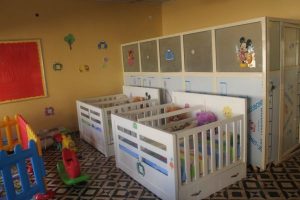
I began to wonder: what creates an excellent classroom environment? And to this, I did some research and culled examples from schools making substantial steps to create one. If like me you are still wondering what these could be, wonder no more. Here are a few points:
The physical environment is of high importance: Spacious and well-ventilated classrooms have correlated with good performances on the part of the students. Having colours and decorations for the younger grades creates a very vibrant and welcoming environment while the right decorations leave positive impressions. It is also important that the desks were arranged in a circular or ‘roundtable’ format, which has been associated with better effectiveness than the traditional coupled desk arrangement as it promotes a habit of complete integration and sharing of ideas.
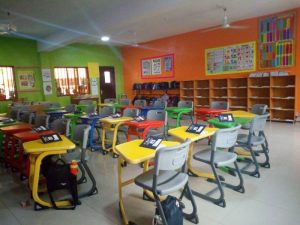
A classroom that propagates respect of views, classmates, learning, teachers and property tends to improve students’ contribution to class activities as well as in learning and building a positive attitude. Students’ and teachers’ respect for views and other members of the class is especially important because even when their views are wrong, rather than being mocked for it, the students simply end up learning something new, which would prevent them from shying away from expressing their thoughts for fear of ridicule or punishment.
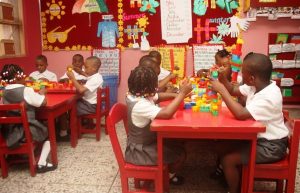
How well does the teacher carry the students along? What sort of atmosphere is created? Is it the one as aforementioned that ensures a safe feeling and openness and willingness to share? Is everyone irrespective of their learning capacity being carried along? Is the classroom making everyone feel equal and important to the success of the class team? Does it encourage interaction and discussion of complex ideas? Are the students made to realize that continuous assessments and examinations are not meant to ridicule anybody but to know how well a student is grounded in a subject and how best to improve them? We can only imagine the importance that an excellent classroom environment has in encouraging learning, assimilation, and perpetuating individual and collective growth.
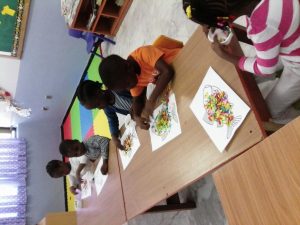
Finally, a classroom environment is one of the most important factors affecting student learning. Research has shown that students learn better and faster when they view the learning environment as positive and supportive. Therefore, good structures of classrooms should be a norm in schools and the teachers should focus as much on the ‘feel’ of the class as well as the content of the textbooks and delivery methods in order to help forge an expressive, critical thinking, inclusive mentality at the primary and secondary level for students that would aid their success in tertiary institutions and in their careers afterwards.
